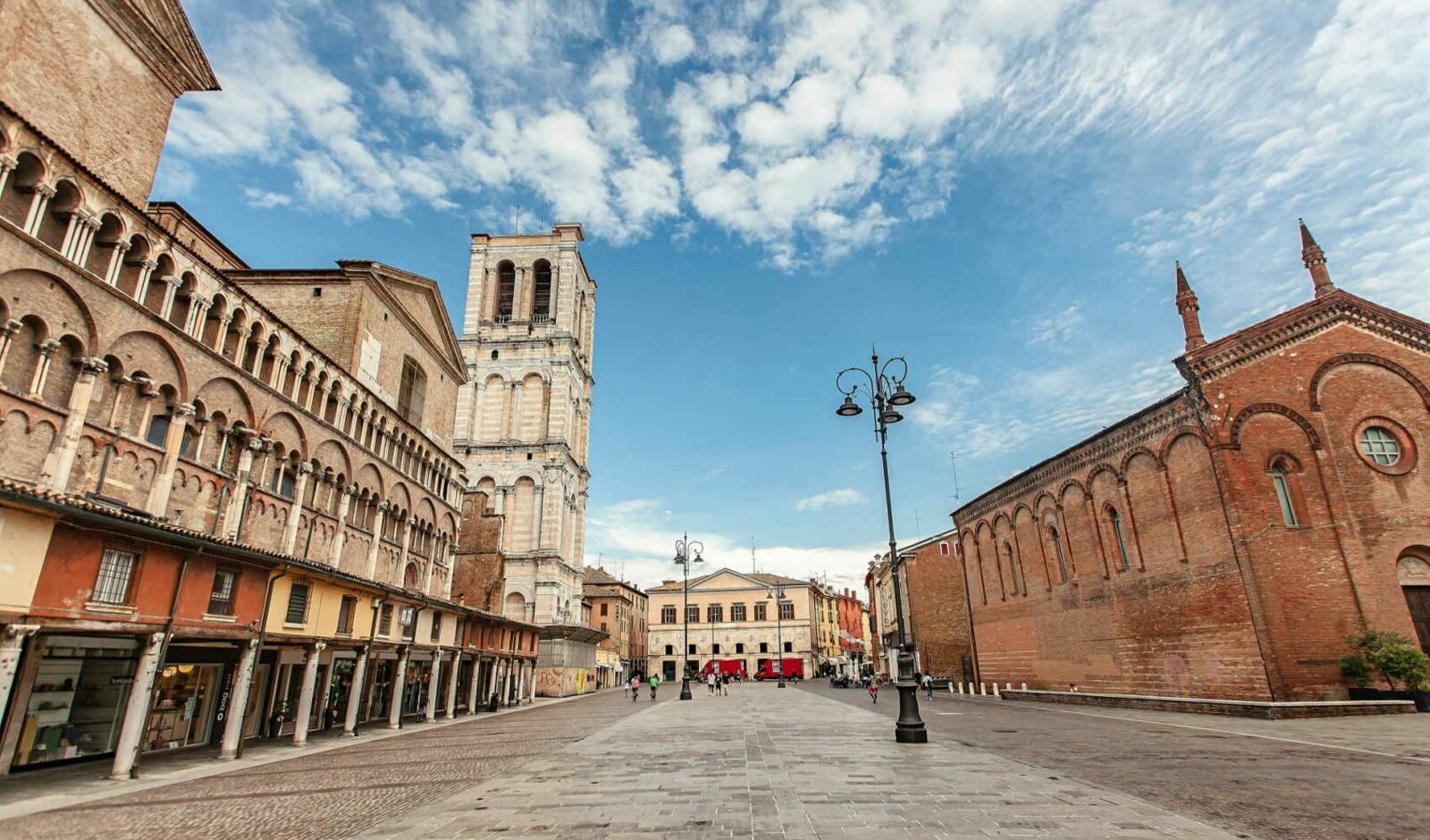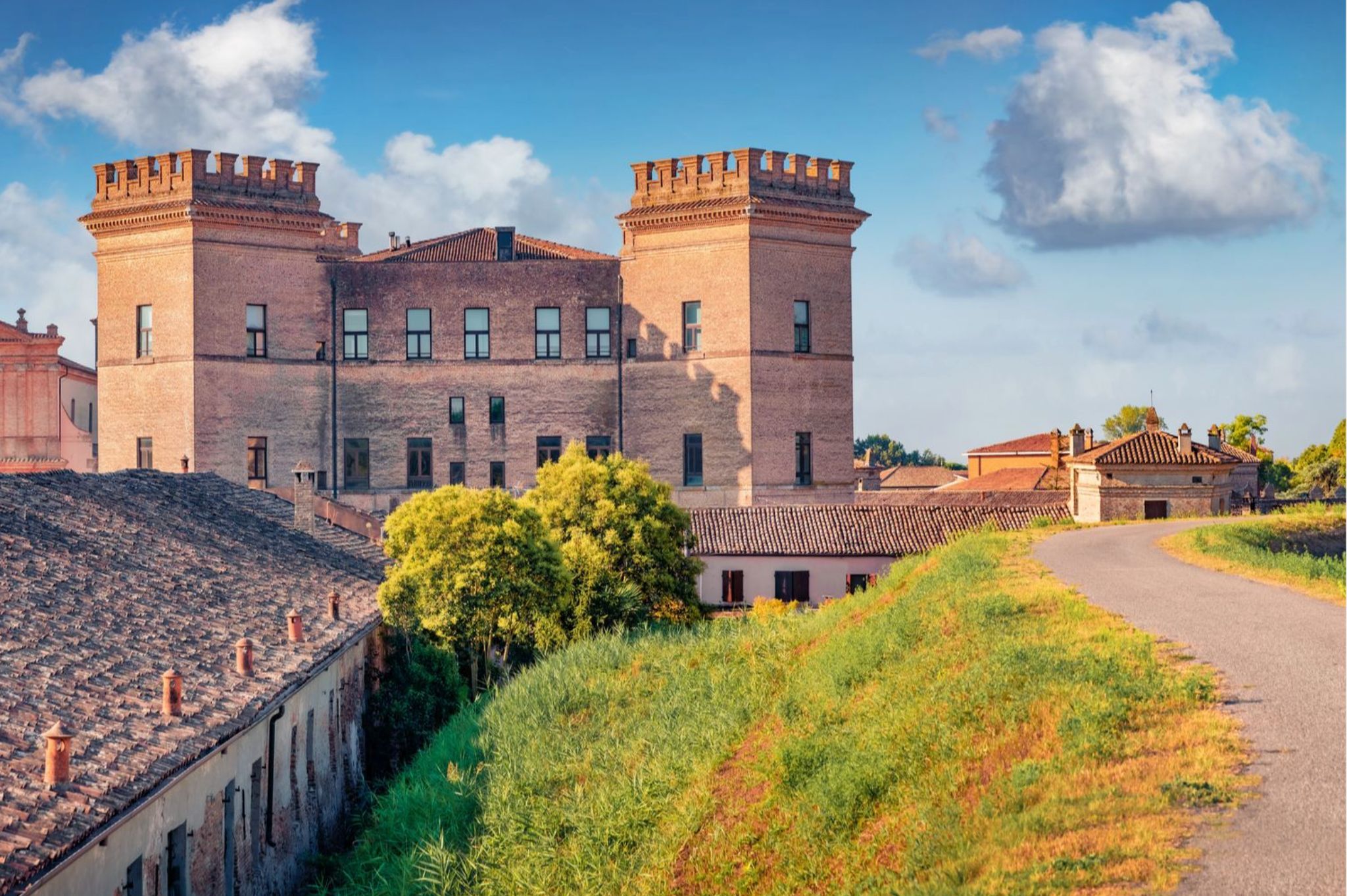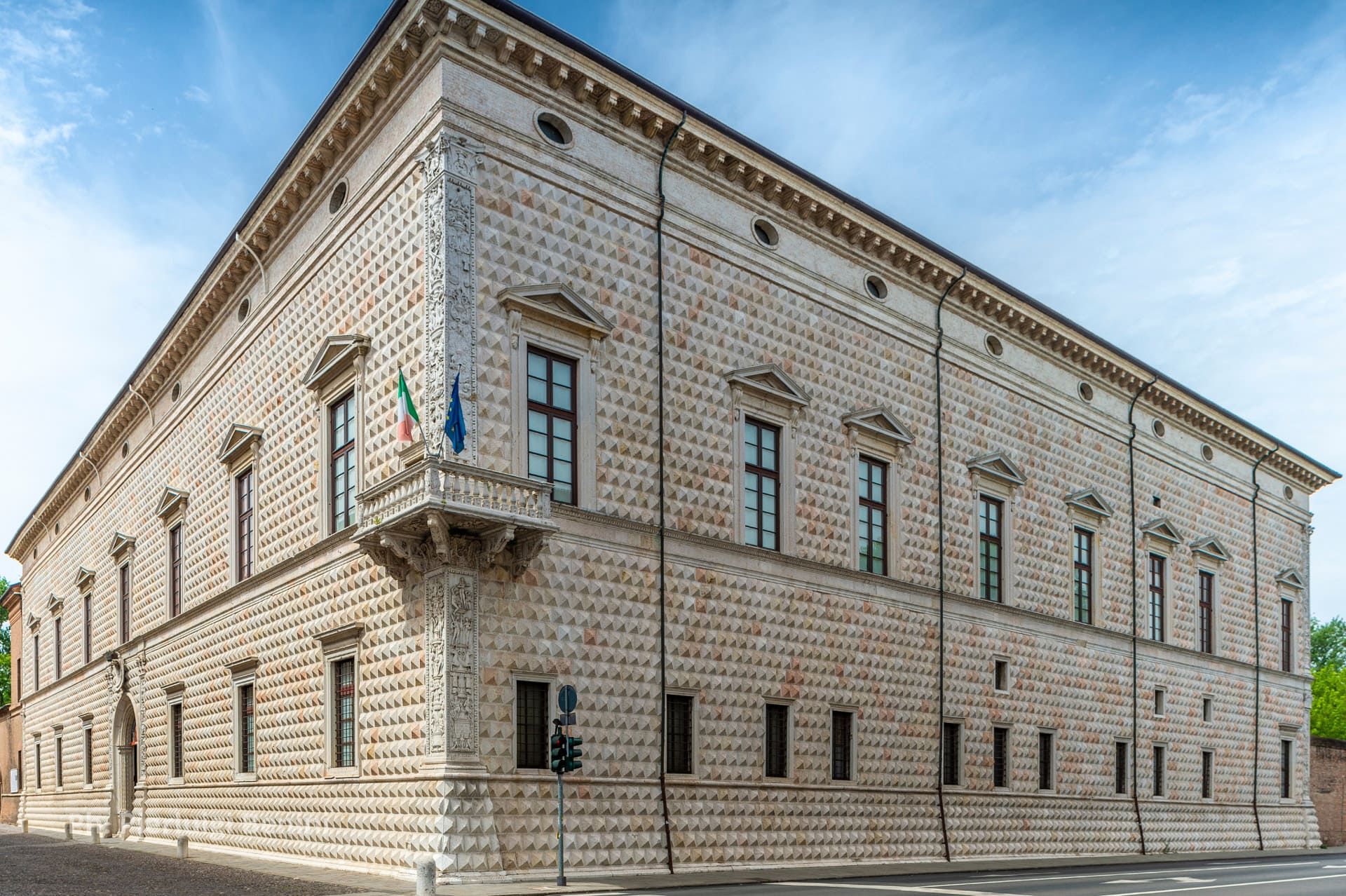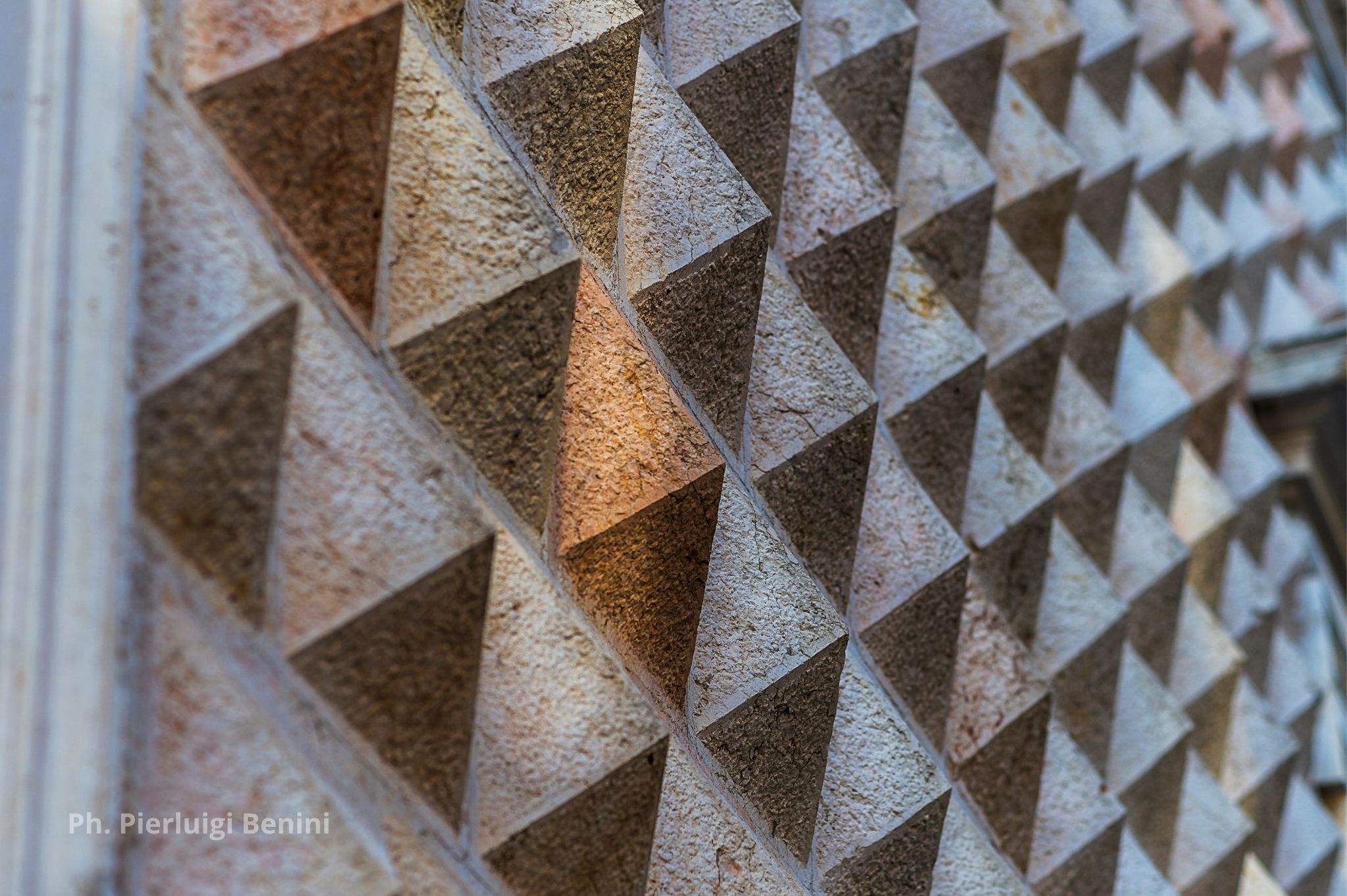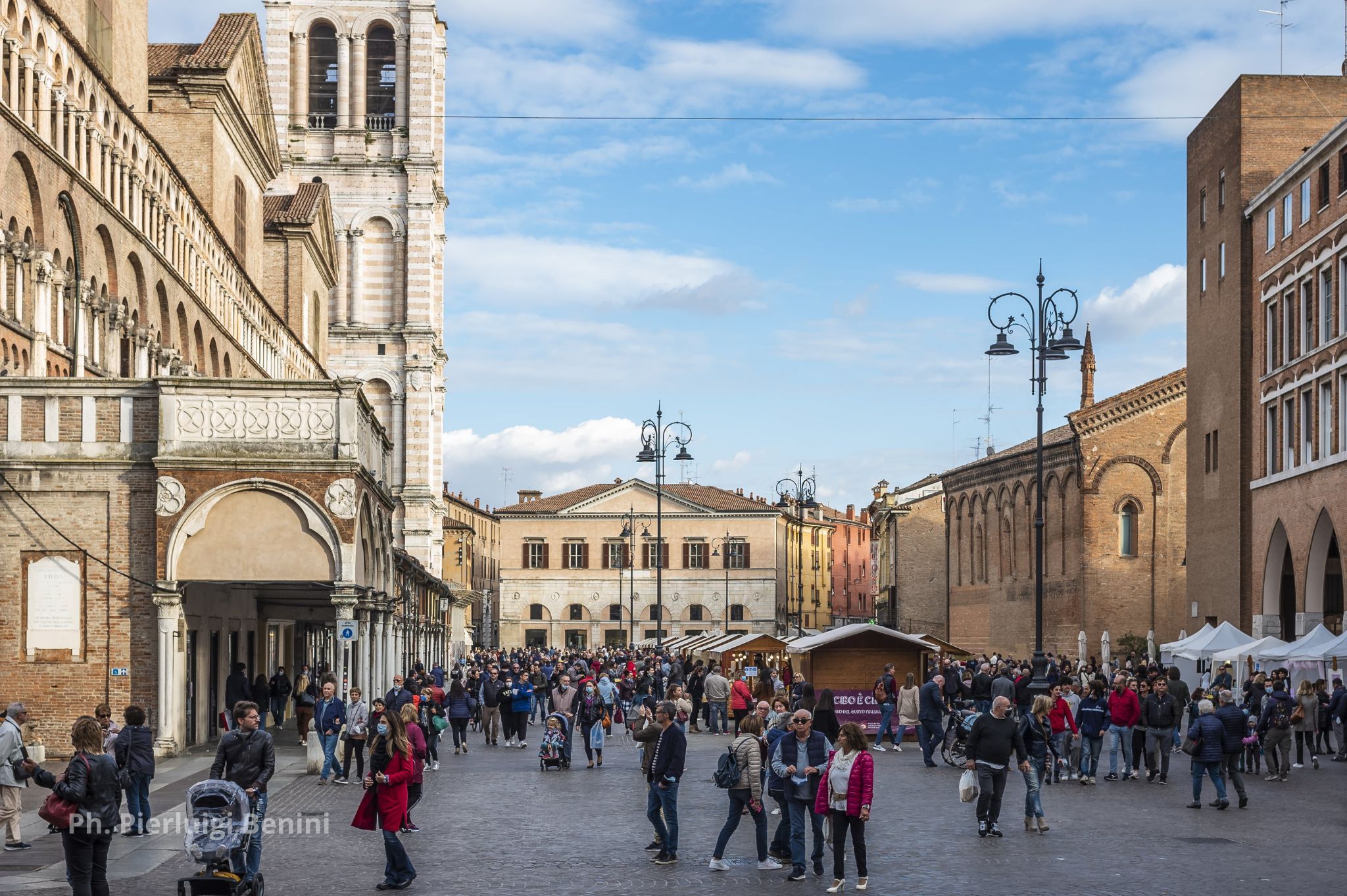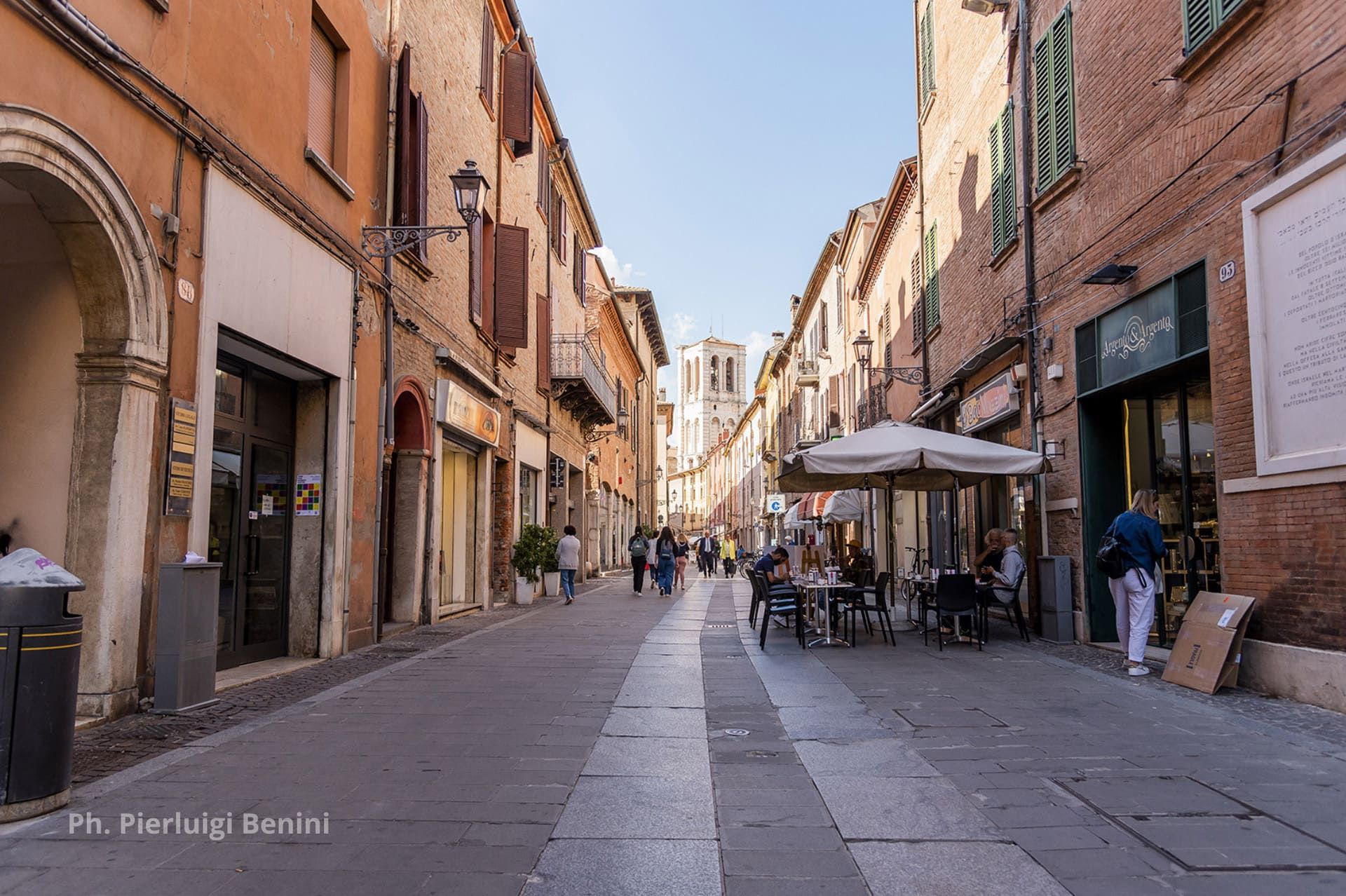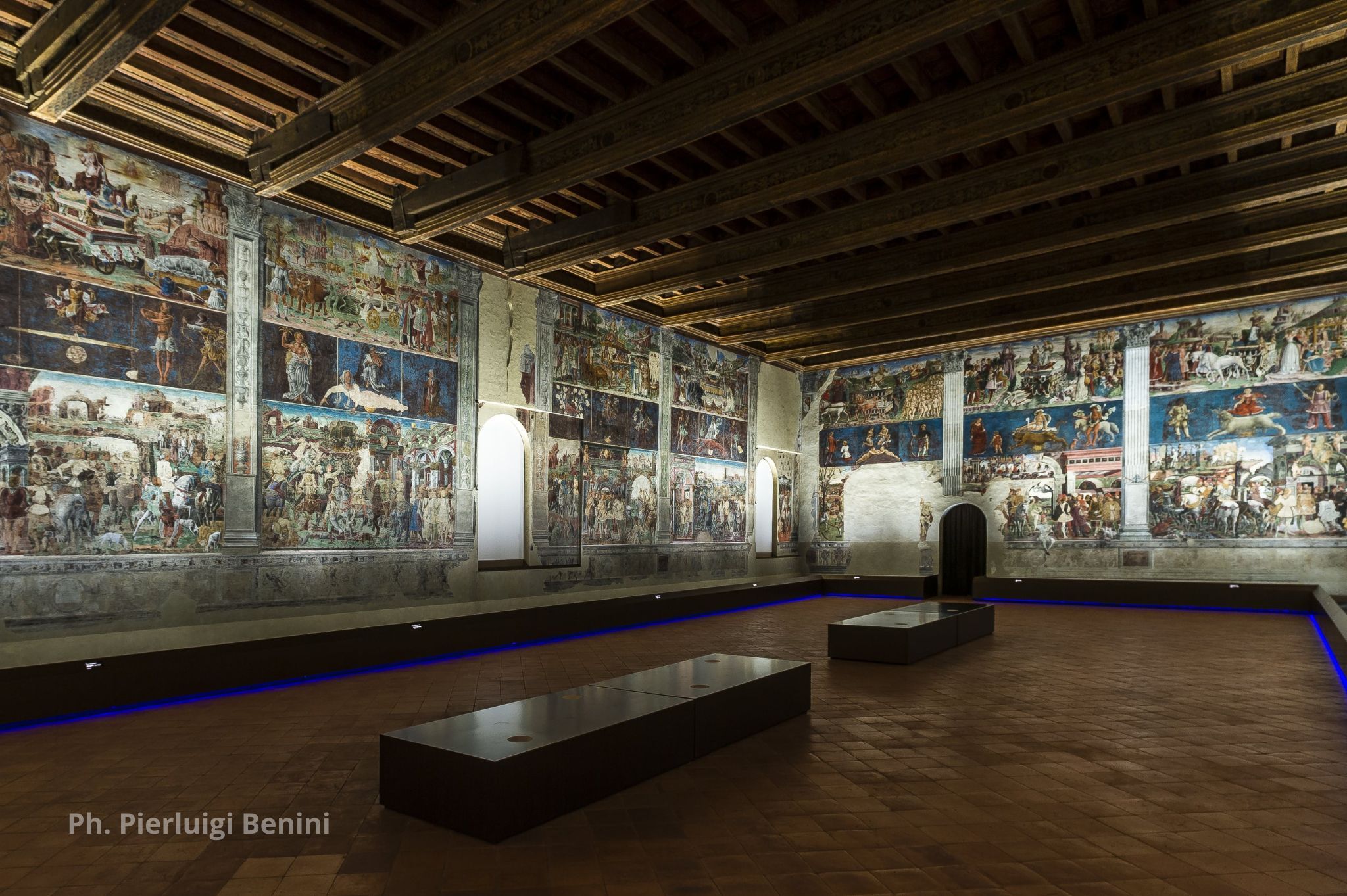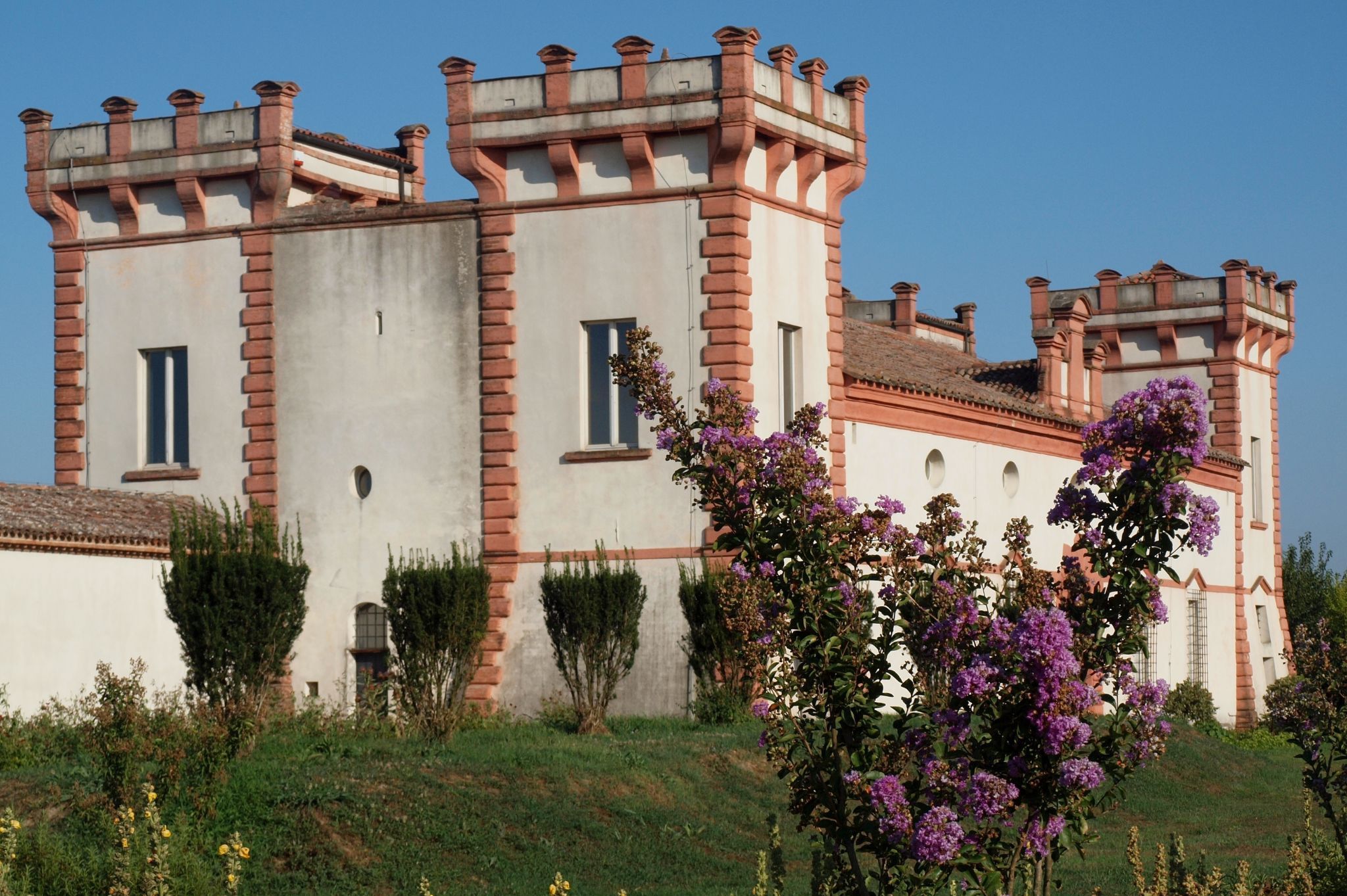Potrebbe interessarti anche

Sapevi che Ferrara è Patrimonio UNESCO?
E cioè un luogo unico al mondo: è stato infatti inserito nella Lista del Patrimonio Mondiale tutelato dall’Organizzazione delle Nazioni Unite per l’Educazione, la Scienza e la Cultura.
Un doppio riconoscimento: per il centro storico di Ferrara, nel 1995.
Ma anche, nel 1999, per il territorio che la circonda, l’ampia area del delta storico del Po con le sue caratteristiche “delizie”. E dunque:
il riconoscimento UNESCO è per “Ferrara, Città del Rinascimento e il suo Delta del Po”.
Il titolo di patrimonio UNESCO va dunque allo straordinario mix che si è costruito nei secoli nel territorio ferrarese: un insieme di città d’arte, terreni agricoli, ville e castelli, oasi naturali e spiagge.
È il frutto dell’impronta dei Duchi d’Este, signori di Ferrara nel suo periodo di massimo splendore, tra il XV e il XVI secolo.
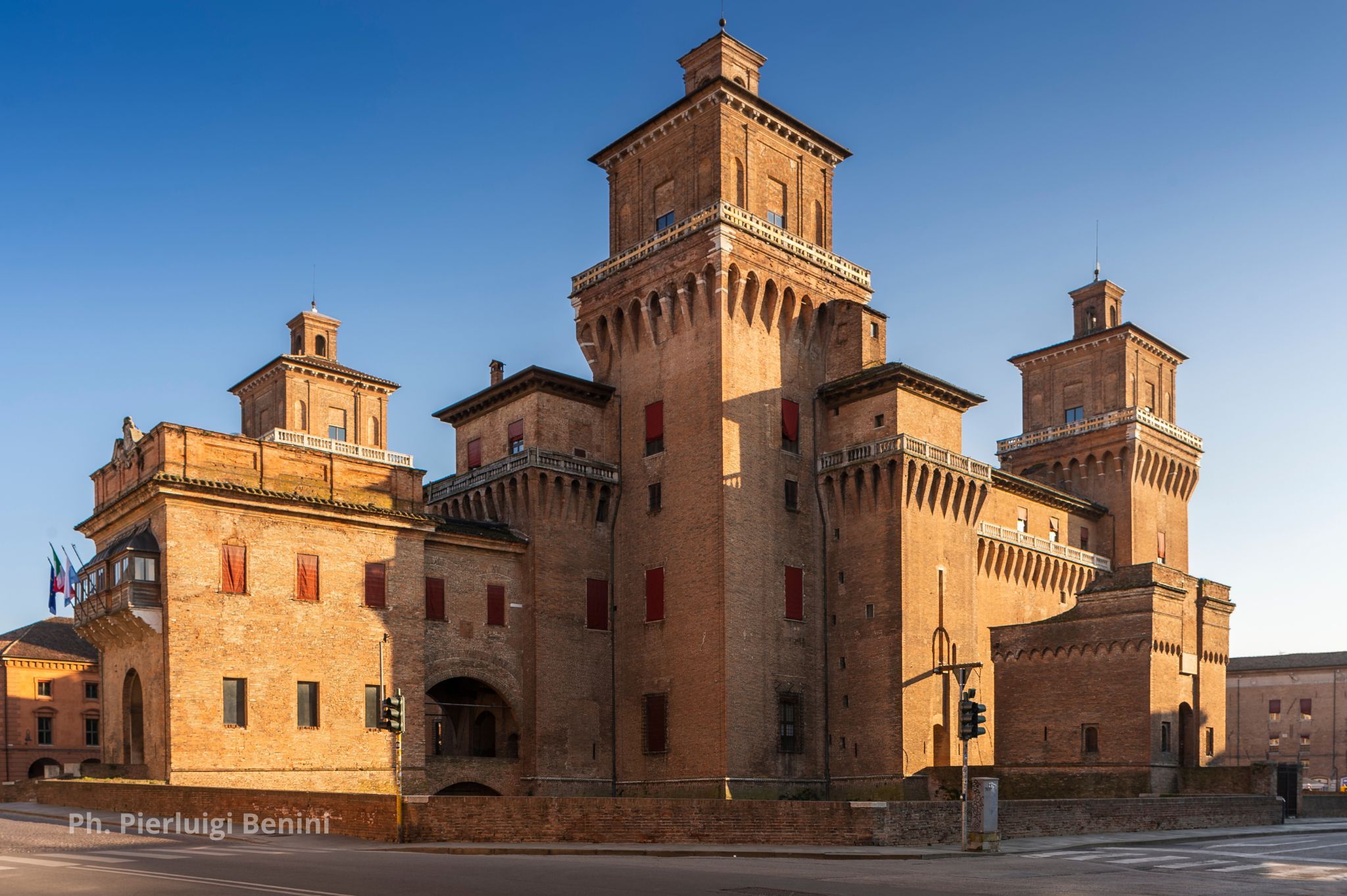
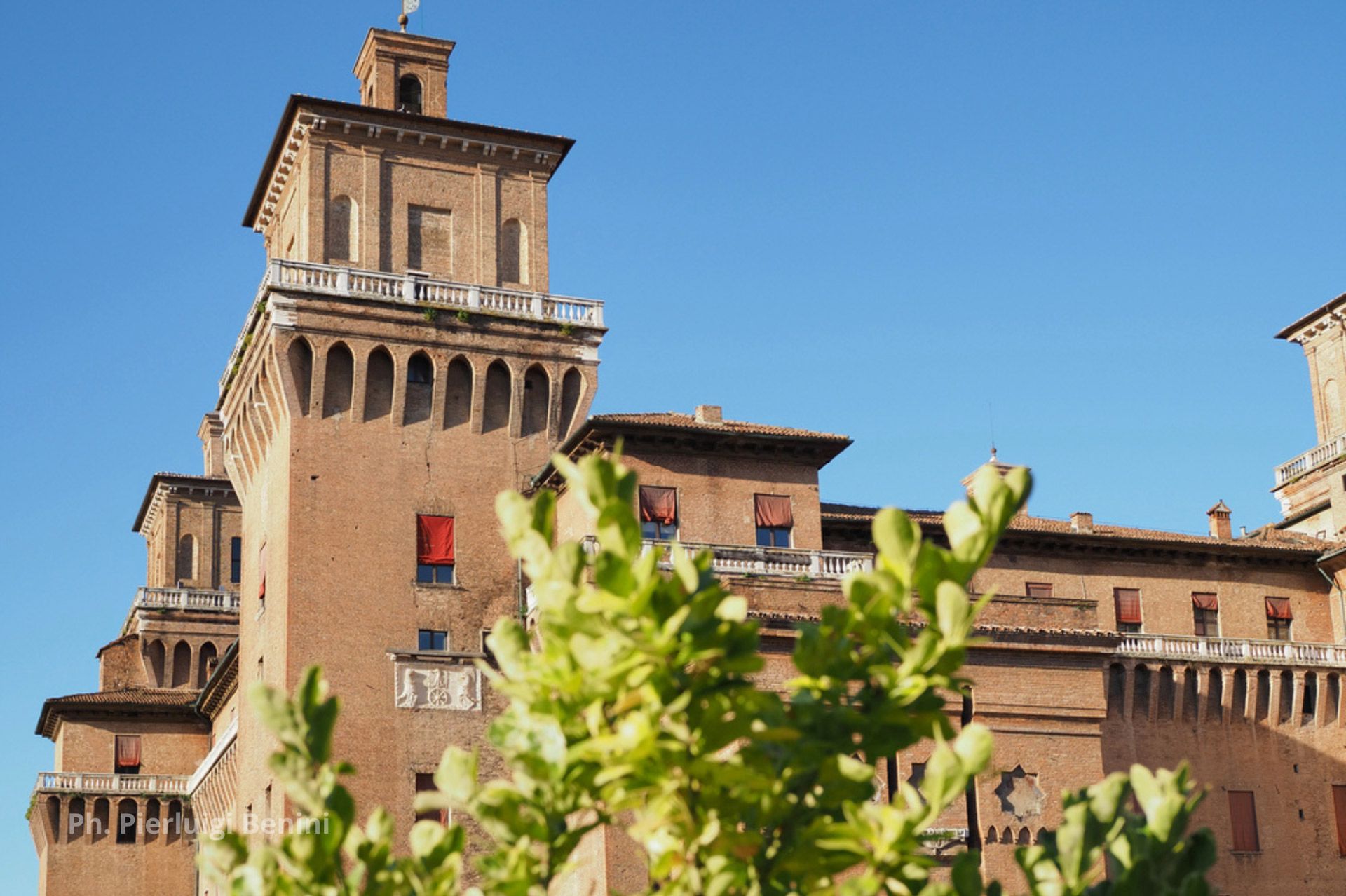
Come riporta la motivazione del riconoscimento UNESCO, Ferrara è un “mirabile esempio di città progettata nel Rinascimento, che conserva il suo centro storico intatto e che esprime canoni di pianificazione urbana che hanno avuto una profonda influenza per lo sviluppo dell’urbanistica nei secoli seguenti”.
Grazie all’architetto ferrarese Biagio Rossetti, infatti, Ferrara ha rappresentato il primo tentativo di costruzione di una città ideale, secondo una pianificazione mai tentata prima con tanta ampiezza grazie alla cosiddetta “Addizione erculea”, che ha la sua terza fase nel 1492: un’espansione, voluta da Ercole I d’Este, per raddoppiare la superficie della città.
Si tratta del primo esempio in Europa di uno sviluppo a partire da una regolamentazione urbanistica, successivamente presa ad esempio da tutte le città del mondo: il banco di prova delle prime importanti progettazioni urbanistiche della storia moderna.
Ferrara con la sua Addizione erculea rappresenta la prima realizzazione su grande scala di nuovi ideali urbanistici rinascimentali ispirati alla bellezza, all’equilibrio tra opera dell’uomo e paesaggio naturale circostante e ideale espressione del buon governo che la reggeva.
Quasi un’interpretazione rinascimentale della Polis dell’antica Grecia. Ma anche emblema, con il suo ordine, della perfezione del disegno divino: la città vista come grande luogo di “delizie” e delizia essa stessa.

